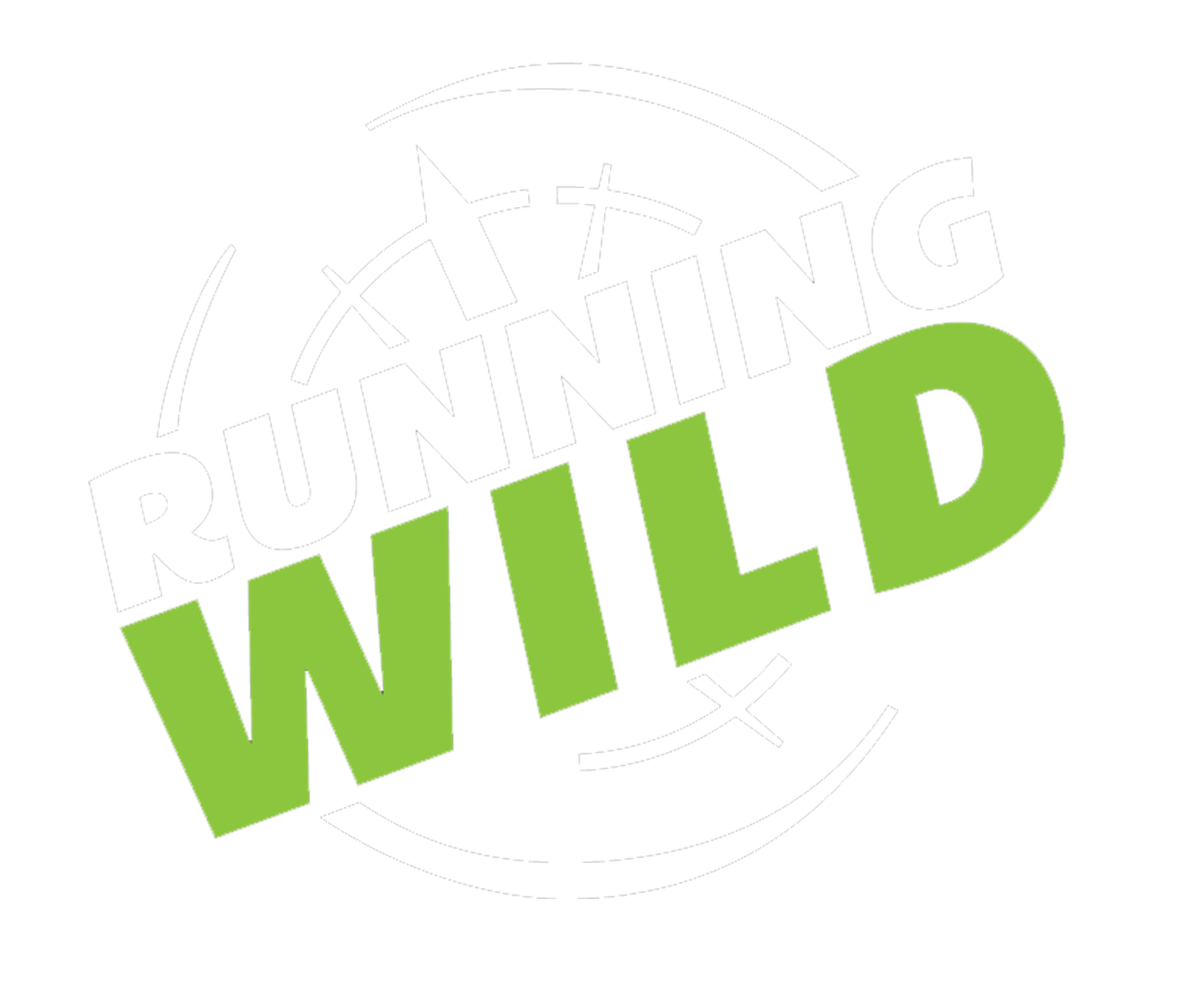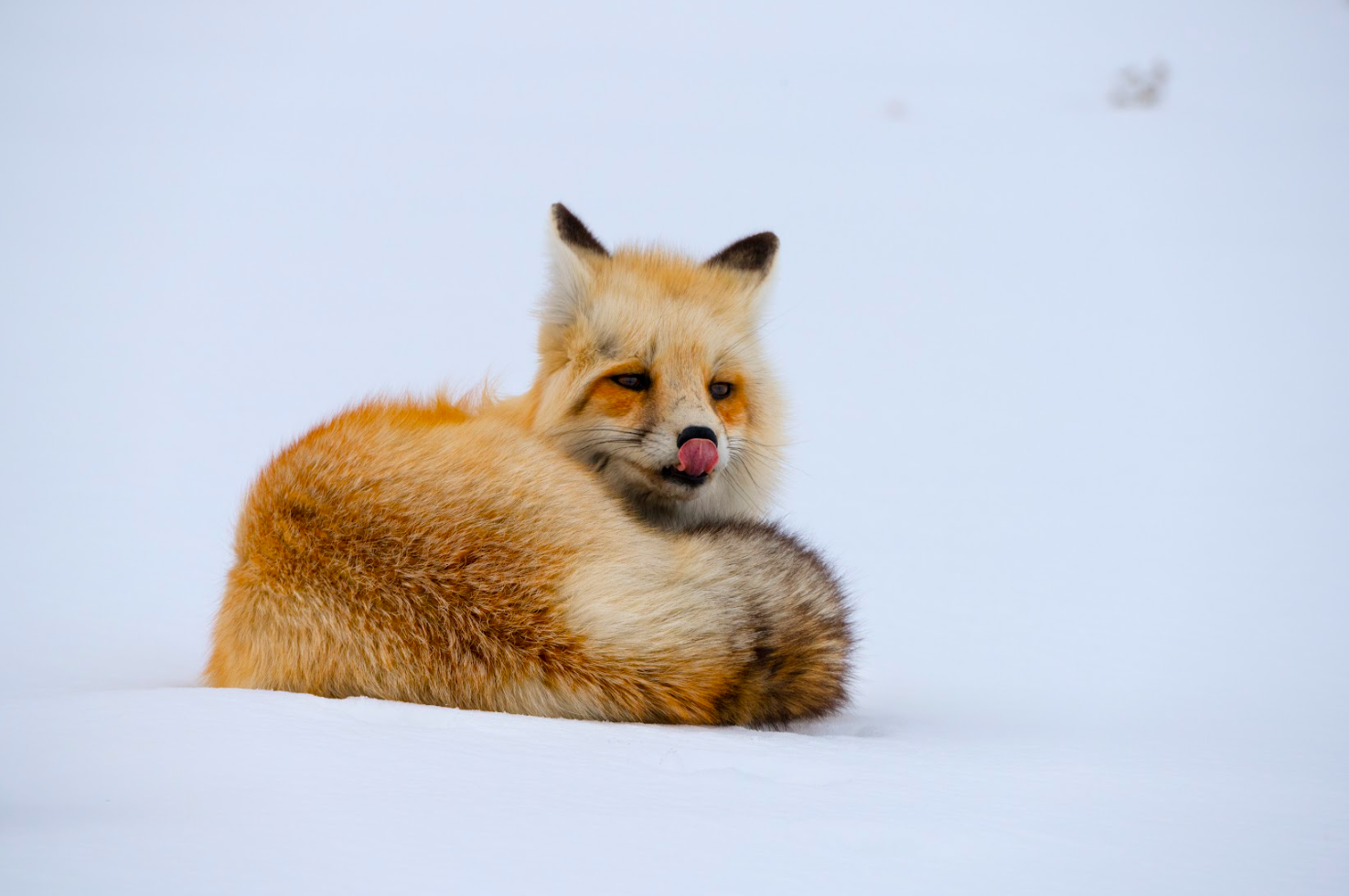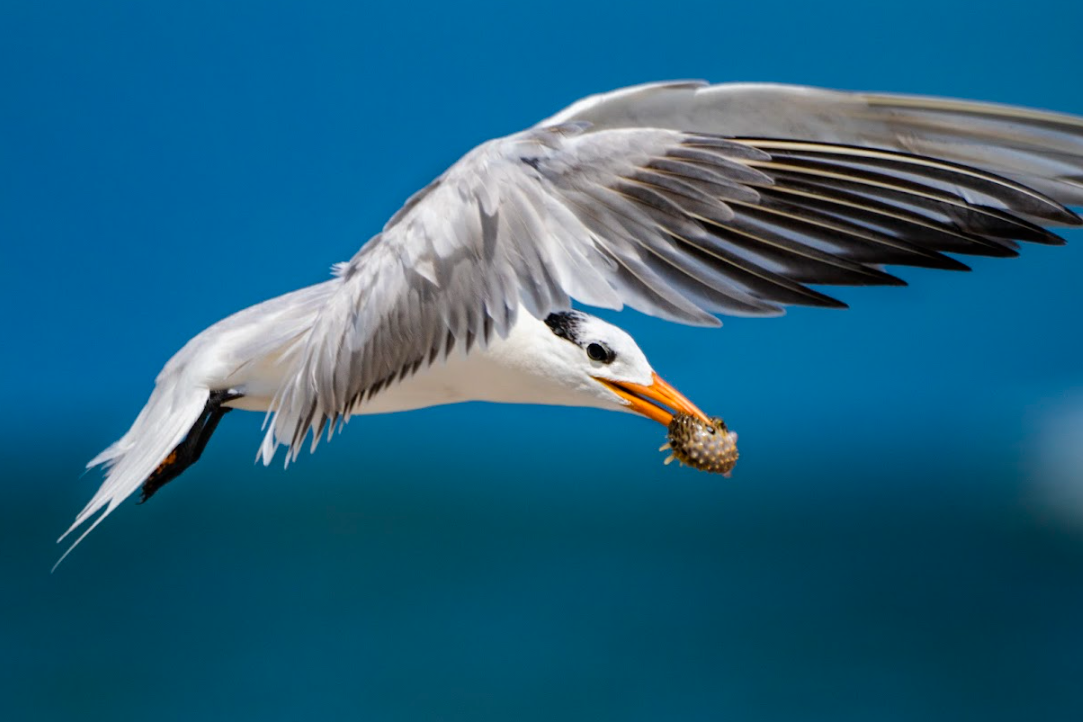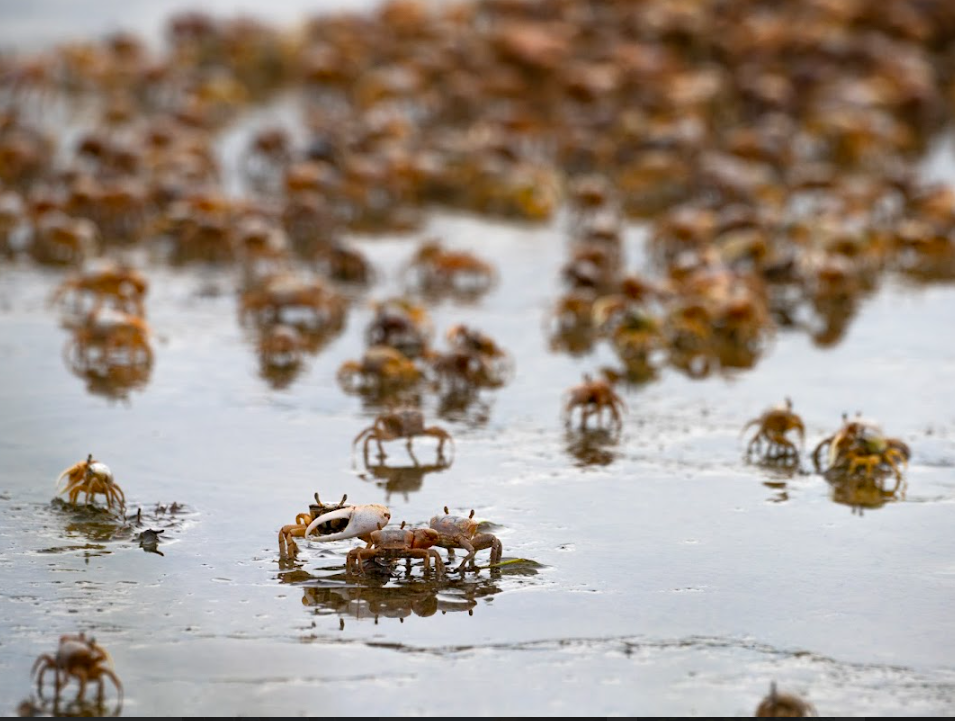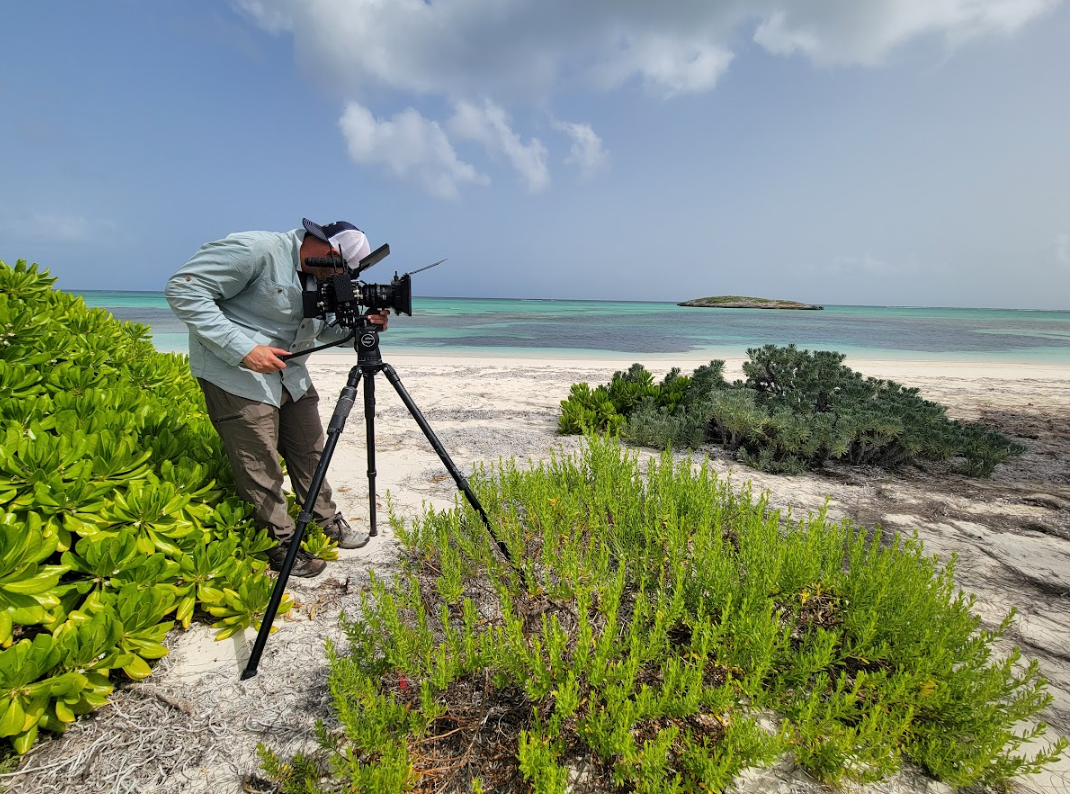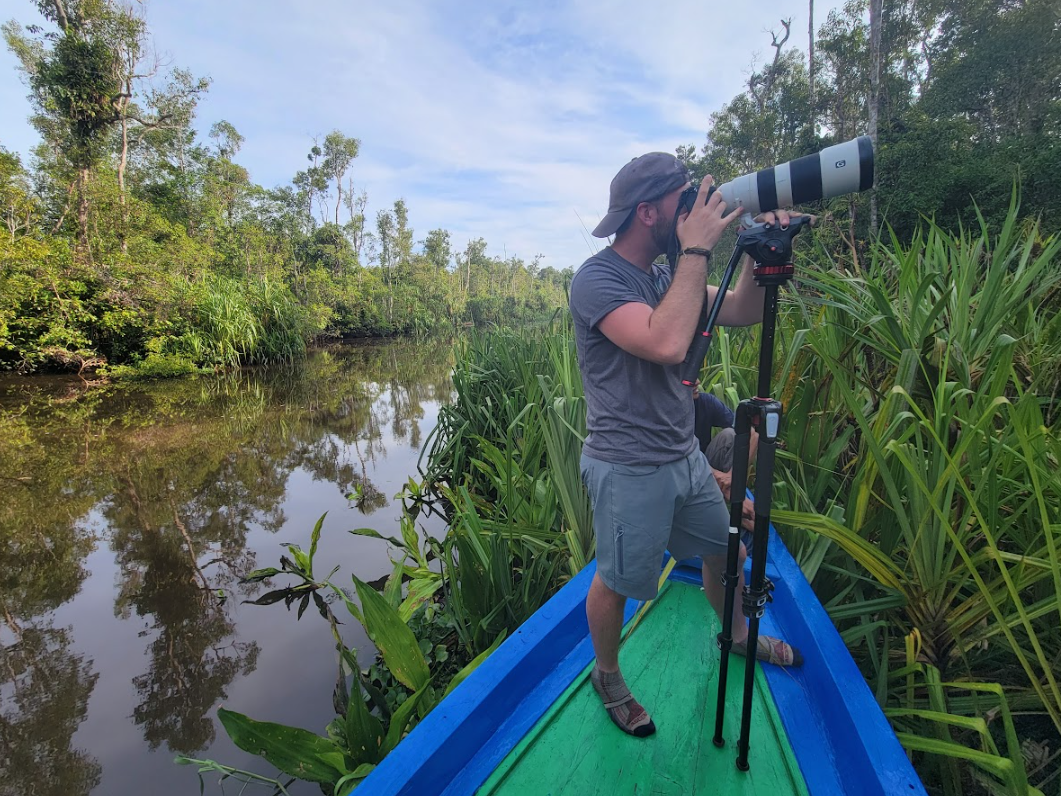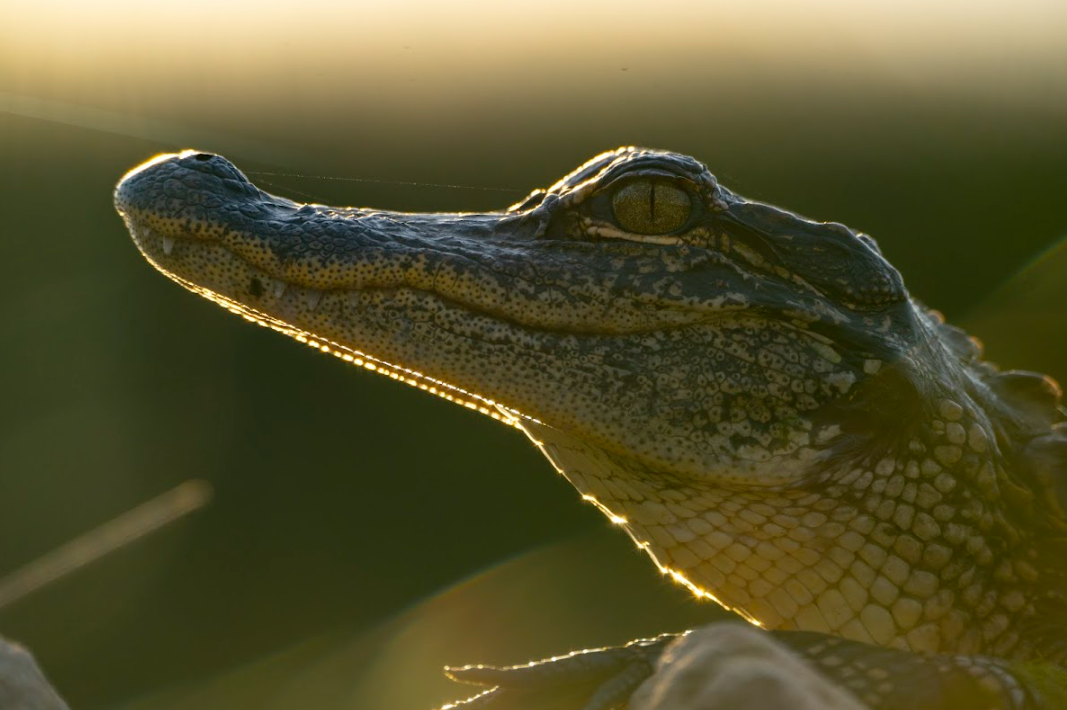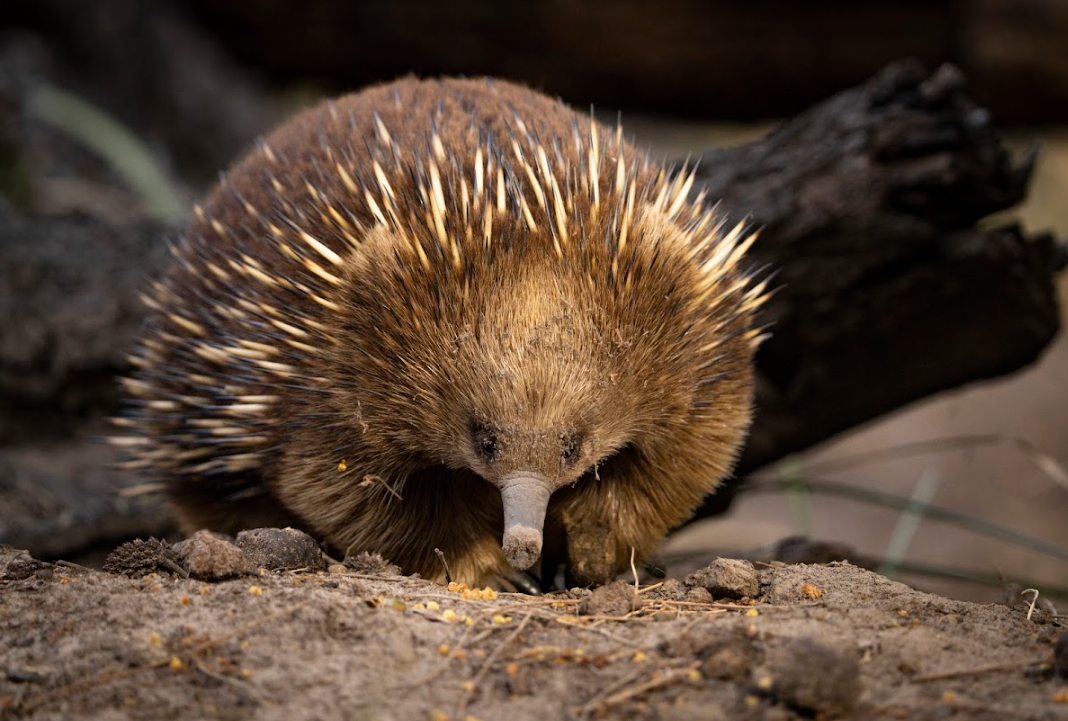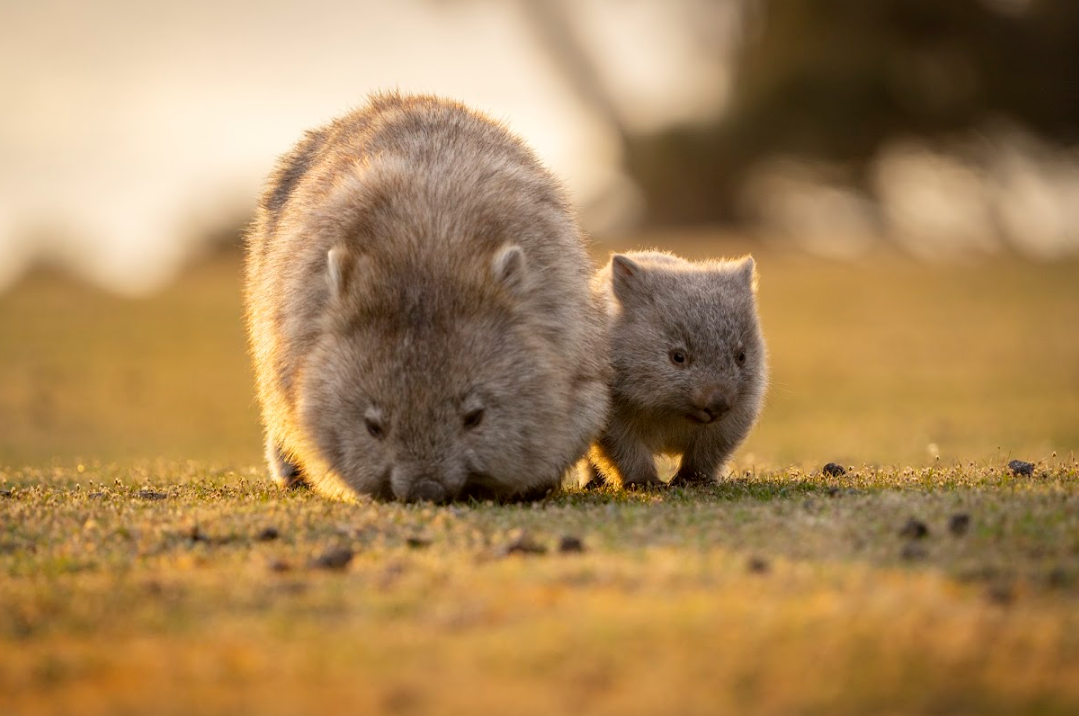Image by Justin Grubb
If you have ever taken a picture of a wild animal before, congratulations, you are a wildlife photographer. If you haven’t, to become a wildlife photographer, go out and find an animal and take a picture of it. Boom. Done. Wildlife photography should be extremely accessible, although sometimes it doesn’t feel that way when you see photographers using crazy expensive equipment. It does not need to be that way, and the story you tell with your photo is more important. If you have stumbled upon this blog, chances are you have taken a few images of wild animals before, and are looking for some advice to up your game and quality of images, or perhaps you are looking to make this passion into a career. If this is you, you have come to the right place.
Before heading out into the wilderness or even your backyard, consider these few things.
Study Animal Behavior:
Understanding the behavior of the wildlife you're photographing is essential for anticipating their movements and capturing candid moments. Take the time to research your subject's habits, feeding patterns, active times, and preferred habitats. If your subject is a carnivore, look for the things that it eats. This knowledge will enable you to predict potential photo opportunities and capture authentic moments in their natural environment.
Know Your Gear:
Before heading out into the wilderness, take the time to familiarize yourself with your camera equipment. Understanding your camera's settings, including aperture, shutter speed, and ISO, will empower you to make quick adjustments in the field to capture the perfect shot. Sometimes, you get .25 seconds to get your shot, and if you are fumbling around with where your f-stop adjustment is, you will likely miss it. Especially with birds, they will sit there and wait until just before you are ready, then will fly away. Lastly, bring an SD card.
Your Gear
Considering the environment you are shooting in and the behaviors of your subject will help you choose the right gear. If you are just starting out, literally use whatever you have, and choose an animal that is best suited to that gear - like if you have a wide angle lens, choose reptiles and amphibians that tend to sit still longer and allow you to approach closer to get your footage. If you have a phone, butterflies on flowers make a great subject. You do not need to go out and buy the best gear to be a successful wildlife photographer, it is really more about the perspective you share and the story you tell with your images that truly matter.
If you are really interested in taking things to the next level, the most used equipment in our kit are telephoto lenses (100 - 600 mm) as they allow the photographer to be a safe distance away from the subject and to not disturb its natural behavior. Tripods are also very helpful in stabilizing the images - reducing motion blur, especially if it is dark outside or in the shade of a tree. Telephoto lenses work best for birds and mammals.
Now that you have your gear packed and are out in the field, immediately take it out, and be sure your battery is charged and you have an SD card in your camera with plenty of space for more pictures. Now consider these few things.
Patience is Key:
Wildlife photography requires patience and perseverance. Be prepared to spend extended periods waiting for the perfect moment to capture your desired shot. Position yourself strategically, taking into account the animal's behavior and the direction of natural light. Avoid disturbing or stressing the wildlife, as this can result in unnatural behavior and subpar photographs.
Composition Matters:
Composition plays a crucial role in wildlife photography, transforming ordinary scenes into captivating images. Experiment with different compositions, such as the rule of thirds, leading lines, and framing, to add visual interest to your photographs. Pay attention to the background and surrounding elements, ensuring they complement your subject rather than detract from it. Think about adding interesting story elements into your photograph like important habitat elements to the animal, or if it is a conservation story, include the road, some garbage, or whatever truly reflects the scene as it plays out in front of you.
Lighting Matters:
Photography is all about light, so finding good light is essential in taking quality photographs. Be sure that the light is either behind or on the side of your subject, this adds dramatic flare to your images and makes the subject look really nice. Lighting also plays a crucial role in shaping the mood and atmosphere of your images. Whenever possible, utilize natural light to illuminate your subjects, as it provides a soft, flattering quality that enhances their natural beauty. Pay attention to the direction, intensity, and quality of light, and be prepared to adapt your shooting techniques accordingly. Cloudy and snowy days are great for reflecting light on your subjects. Flash can be very disruptive to an animal, and if it must be used, use it minimally and bounce it off elements of the habitat and not directly at your subject.
Get Low and Eye-Level:
For intimate and engaging wildlife portraits, try capturing images from a low or eye-level perspective. This approach allows you to establish a connection with your subject and convey their perspective to the viewer. Use a sturdy tripod or beanbag to stabilize your camera at ground level and experiment with different angles to find the most compelling composition. Hell, even place your camera on the ground to get even lower to your subject.
Practice Ethical Photography:
Responsible and ethical photography practices are essential when photographing wildlife. Always prioritize the welfare and well-being of your subjects, respecting their natural behaviors and environments. Avoid disturbing or harassing wildlife for the sake of a photograph, and adhere to established guidelines and regulations for wildlife photography in protected areas. Do not bait wildlife, as it can cause harm to them over a long period of time through habituation. You are an advocate for wildlife conservation, and your behavior shapes the way people see the natural world.
Practice makes Perfect:
Wildlife photography is a journey of continuous learning and experimentation. There are no rules (other than don’t harass wildlife), so you have the freedom to be creative. Take every opportunity to expand your knowledge, whether through workshops, online tutorials, or hands-on experience in the field. Embrace failure as a stepping stone to improvement and don't be afraid to push the boundaries of your creativity.
Image by Justin Grubb
Wildlife Photography as a Career:
Not going to lie, this is an incredibly challenging field to get in to. Getting a photo published can be a tough thing to do. But getting a wildlife photo published can be a rewarding experience, providing recognition for your work and sharing your passion for nature with a wider audience. Here are some steps to increase your chances of getting your wildlife photo published:
1. Capture Compelling Images: Start by capturing high-quality, visually striking wildlife photographs that stand out from the crowd. Focus on capturing unique moments, interesting behaviors, and captivating compositions that evoke emotion and tell a story. Give the audience perspectives of your subject’s lives that you have never been seen before.
2. Research Potential Publications: Research magazines, websites, blogs, and social media platforms that specialize in wildlife photography or nature conservation. Identify publications that align with your style, interests, and target audience. Consider both print and online platforms for potential publication opportunities. Starting out? Social media may be the best option as well as donating images to local non-profit organizations who credit their images to get your name out there.
3. Build Relationships: Establishing relationships with editors, publishers, and fellow wildlife photographers can increase your chances of getting published. Attend photography events, workshops, and networking opportunities to connect with industry professionals and showcase your work.
4. Utilize Social Media and Online Platforms: Share your wildlife photos on social media platforms and online photography communities to increase visibility and attract the attention of editors and publishers. Use relevant hashtags, engage with other photographers and publications, and participate in photography challenges and contests.
5. Be Persistent and Patient: Getting a wildlife photo published may require patience and persistence. Don't be discouraged by rejection or setbacks. Continue refining your photography skills, exploring new subjects and techniques, and seeking out publication opportunities that align with your goals and interests.
6. Stay Organized: Keep track of your submissions, correspondence with editors, and publication opportunities in a organized manner. Maintain a portfolio of your best wildlife photos and update it regularly with new work to showcase your talent and versatility. Remember to name those images and store them on hard drives so you can access them later. And back up those hard drives!
By following these steps and approaching the process with professionalism, creativity, and perseverance, you can increase your chances of getting your wildlife photo published and sharing your passion for nature with a broader audience. It is difficult to build a career exclusively on wildlife photography publications, and many photographers support their livelihoods with leading workshops, classes, photo tours, public speaking engagements, video production, writing articles and books, and more.
If you want to learn more about being a wildlife photographer, consider traveling with us or participating in a workshop near you.
